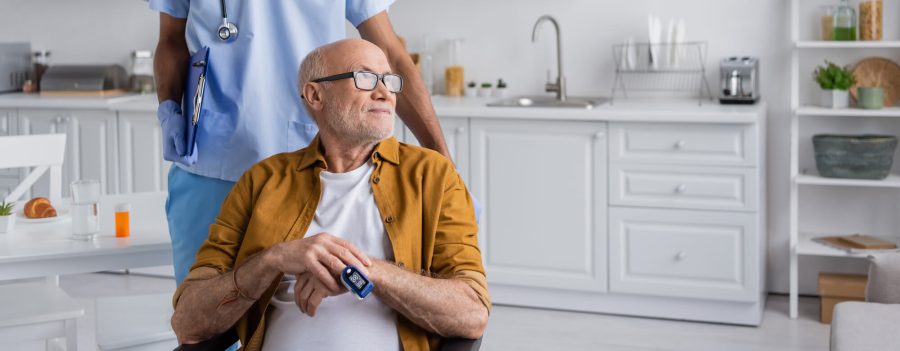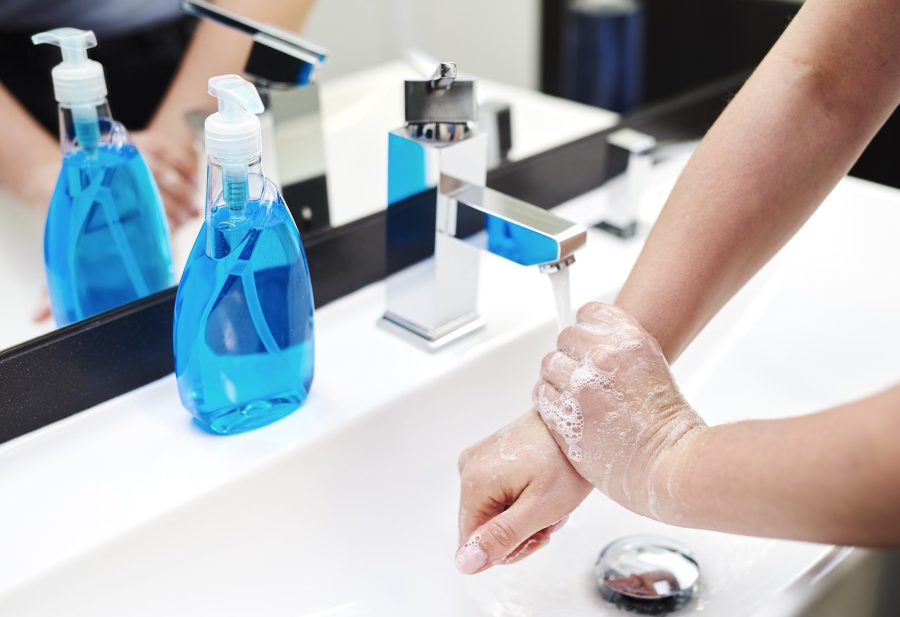Welcome to the world of home oxygen therapy! If you’re new to using oxygen therapy, it’s natural to have many questions. As a new patient navigating the world of oxygen concentrators and portable tanks, we’re here to provide you with the knowledge and support you need to confidently manage your therapy, ensuring you feel comfortable and empowered in managing your health at home.
What is Home Oxygen Therapy?
Home oxygen therapy involves the use of medical devices to provide supplemental oxygen to individuals who have difficulty breathing because of medical conditions like Chronic Obstructive Pulmonary Disease (COPD), emphysema, chronic bronchitis, or heart failure. It’s a crucial treatment to maintain adequate oxygen levels in your bloodstream, which is essential for your organs to function correctly. If you’re reading this, your doctor or health care provider has likely prescribed oxygen for home use.
Understanding Oxygen Concentrators
Oxygen concentrators are at the heart of home oxygen therapy. They provide a continuous, reliable source of oxygen by filtering and concentrating oxygen from the air in your environment. This advanced operation involves a series of filters and sieve beds that separate oxygen from other gases, delivering 90-95% pure oxygen to the user.
How Oxygen Concentrators Operate:
Air Intake: The concentrator pulls in ambient, or room, air and compresses it.
Filtration and Nitrogen Removal: It uses filters and sieves to clean the air and separate oxygen from nitrogen and other gases.
Oxygen Delivery: Concentrated oxygen is delivered to the patient through a nasal cannula or, occasionally, a mask.
If you’re using a home oxygen concentrator, following a few simple tips is essential to ensure it works well. First, place your oxygen concentrator in a spot with good airflow to help it run well. Keep it clean by regularly changing or cleaning the air filters, following the manufacturer’s guidelines. Finally, always use your nasal cannula correctly so you get the correct amount of oxygen. Following these tips will ensure you maximize your oxygen therapy’s benefits.
Oxygen Tanks for Portability: Freedom to Move
While oxygen concentrators are excellent for stationary use at home, oxygen tanks or cylinders play a crucial role in maintaining mobility and independence for people who need continuous oxygen use. These tanks are lightweight and portable, allowing you to continue your oxygen therapy while out and about. Whether going on a quick trip to the grocery store or a more extended excursion, having a portable oxygen solution ensures your therapy continues uninterrupted.
Oxygen tanks are designed with convenience in mind, making them an excellent choice for those needing supplemental oxygen on the go. Their lightweight design makes them easy to carry and handle. Depending on the cylinder’s size and the flow setting, they can provide oxygen for several hours, ensuring users have the support they need throughout the day. This combination of portability and extended duration of use makes portable oxygen cylinders a reliable option for managing respiratory conditions effectively while maintaining an active lifestyle.
Safety and proper preparation are essential when using portable oxygen cylinders to ensure a reliable and secure oxygen supply. At home, oxygen tanks should be secured in a stand or lying flat. Always check the oxygen level before leaving home to make sure you have enough oxygen for your outing. It’s also a good idea to prepare by carrying an extra cannula, your oxygen key, and ensuring you have your o-ring (or washer) for your tank so you’re ready for any situation. Safety is always paramount; securely store your oxygen tanks to prevent accidents. If you’re transporting oxygen in a car, tanks should be on the floorboard behind you, not in the trunk. Following these steps will help you manage your oxygen needs safely and effectively while on the move.
Adjusting to Oxygen Therapy at Home
Adapting to oxygen therapy involves understanding your prescribed regimen, whether it’s continuous or only during sleep. Low oxygen saturation affects your entire body, not just your lungs! With supplemental oxygen, your heart and body can use less effort to perform the same activities. We’ll guide you through creating a safe and comfortable space in your home and share tips for living actively and safely with oxygen therapy.
Some patients are prescribed oxygen for continuous use, and others only for night time use. Continuous oxygen therapy means using your oxygen concentrator throughout the day and night without interruption. This approach can be necessary for those with severe respiratory conditions, as it ensures a consistent supply of oxygen at all times. Some individuals may only require supplemental oxygen while sleeping, when natural breathing slows and oxygen levels might drop. This is known as night-time, or nocturnal use.
Your health care provider will determine the best regimen based on your specific health needs and oxygenation status, adjusting the flow rate and duration of oxygen delivery to suit your daily and nocturnal requirements. Whether you’re on continuous or night-time oxygen therapy, regular monitoring and following your prescribed regimen are the keys to managing your condition and improving your quality of life.
Creating a supportive home environment for oxygen therapy is essential for your safety and comfort. To ensure easy access to your equipment, arrange your living spaces to accommodate your oxygen setup, taking care to minimize fall risks from tubing. Safety is also critical. Don’t smoke, and keep your oxygen equipment at least 15 feet away from open flames, high temperatures, and flammable materials, as oxygen can greatly increase fire risk. These steps will help you create a safe and comfortable home setting.
Integrating oxygen therapy into your lifestyle can be straightforward with the right strategies, allowing you to maintain your daily activities. It’s crucial to use your oxygen therapy exactly as your health care provider prescribes to maximize its effectiveness.
Portable oxygen solutions enable you to continue participating in your daily routines and exercise, supporting your overall well-being. By using oxygen therapy properly, you can continue to engage actively in life, enjoying your interests and activities as much as possible.
Embrace Life with Oxygen Therapy
Home oxygen therapy is a critical component of managing your respiratory health. Embrace this new aspect of your life with the assurance that you’re not alone. More than 1.5 million people in the United States use supplemental oxygen! Home oxygen therapy is a vital part of managing your health. With the right approach, you can integrate it into your daily life. Take it one breath at a time, and always prioritize your comfort and well-being.
Rotech Healthcare is here to support you every step of the way, helping you improve your life at home. If you have questions or need assistance, reach out to your local Rotech office for personalized support.





